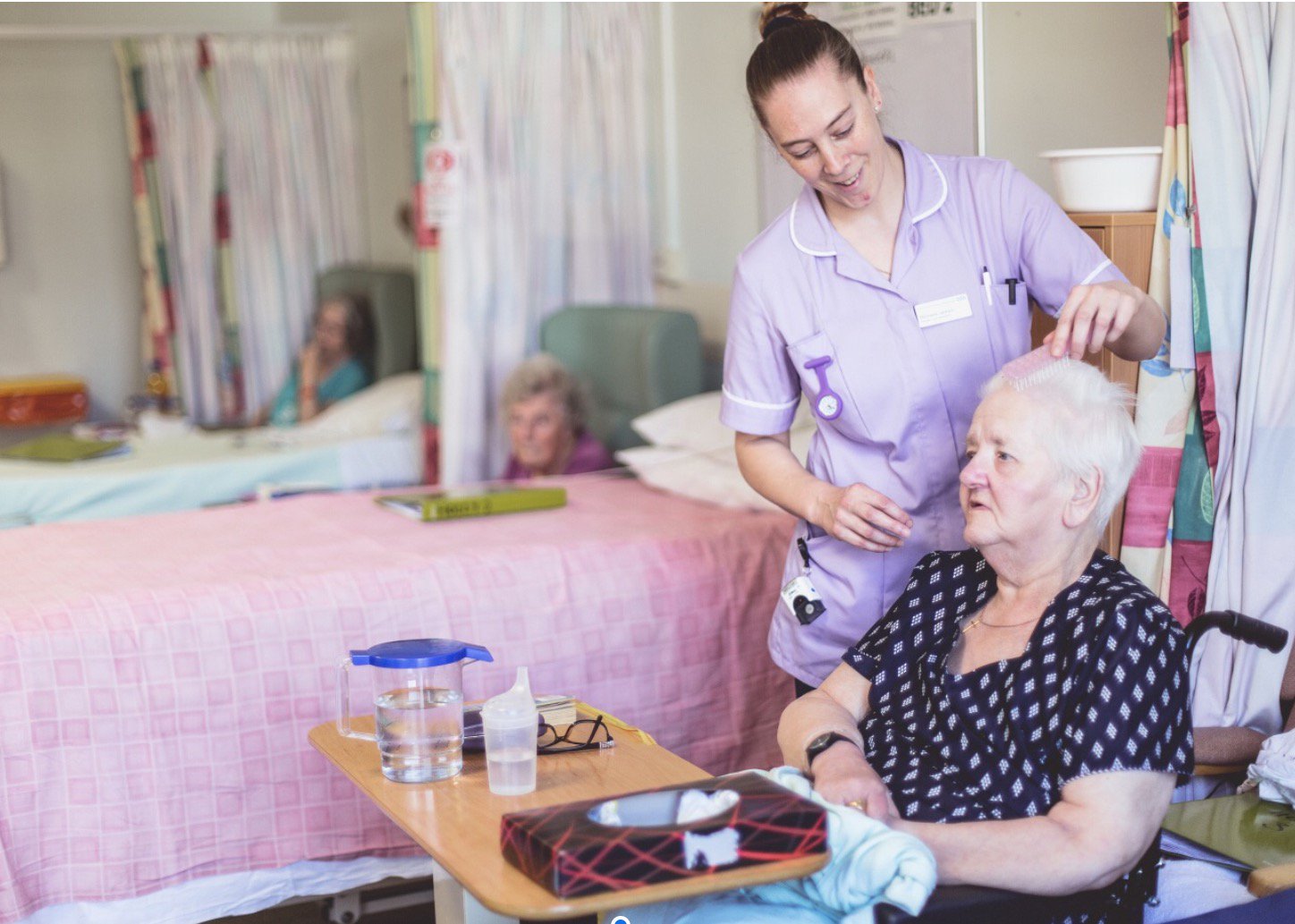 We took tools developed for acute hospitals and implemented them sensitively and effectively in ‘slow stream’ Community Rehabilitation Hospitals.
We took tools developed for acute hospitals and implemented them sensitively and effectively in ‘slow stream’ Community Rehabilitation Hospitals.The SAFER patient flow bundle blends together five elements of best practice and when used in conjunction with the ‘Red and Green Days’ approach should reduce length of stay and improve patient flow and safety.
At the time of implementation (December 2015) Emergency Care Improvement Programme told us that no other Community Hospitals had done this before.
We selected one ward as a test site and invited a representative group of staff, including the Care Manager, along to launch the project. We audited and identified the things we could change and those we couldn’t.
Introduced daily ward round and actions were recorded and allocated to specific named staff.
We devised a set of principles which described what a red or a green day would look like in a rehabilitation setting
We decided the senior clinician could be any member of staff from band 6 upwards
We changed the weekly MDT meeting, information recording and think home first was the default mind set.
Therapists and nurses can set Estimated Date of Discharge
After a review we: Changed to two board rounds and a MDT per week to be an effective use of staffing
We invented an Amber Day – this is used when a patient is fit to leave and continue their rehabilitation elsewhere but their discharge is delayed so their therapy input has to be continued on the ward
We skilled mixed staff so weekends and bank holidays turned from all red days to mainly Green Day's
Able to quantify the Occupied Bed Days lost to delayed transfers of care and how long patients took to be fit for discharge from different referral sources and this was used to inform the wider health economy when making decisions about the use of interim beds.
Our cohort of patients didn’t like the three questions, what is going to happen to me today, tomorrow and what needs to happen for me to go home. Some were very distressed by them so we stopped asking the questions and revisited how we communicated with patients and families and strengthened our existing communication channels with more involvement in family and patient goal setting and discharge planning meetings.
The CCG did an unannounced visit to test out this alternative approach and reported back that they found communications to be exemplary and so we carried on with these methods.
Our aim was to reduce length of stay but we realised it was an opportunity to improve information and communications with patients and families, remove blockages in processes and empower staff to be more autonomous and make more decisions.
Using the lessons learnt we rolled the project out to all the other Community Hospital wards.
We started in winter which we wouldn’t have chosen to do but it goes to prove don’t wait for the ‘ideal time’ – just go for it.
#weareNHFT

